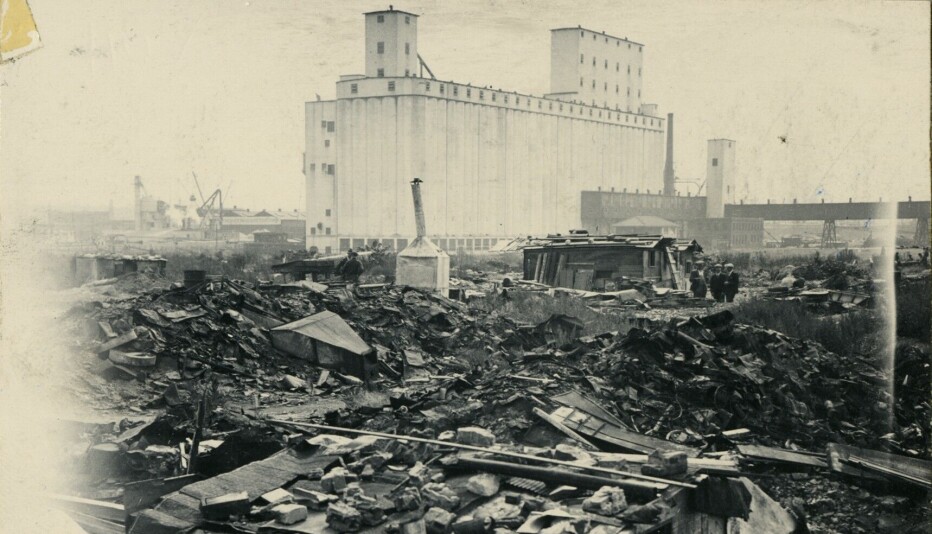Could these 7 burial mounds put Norway's Viking Age on the World Heritage List?
While both Sweden and Denmark have Viking Age heritage sites on UNESCO’s World Heritage List, Norway does not. "That's a bit strange," says an archaeologist.
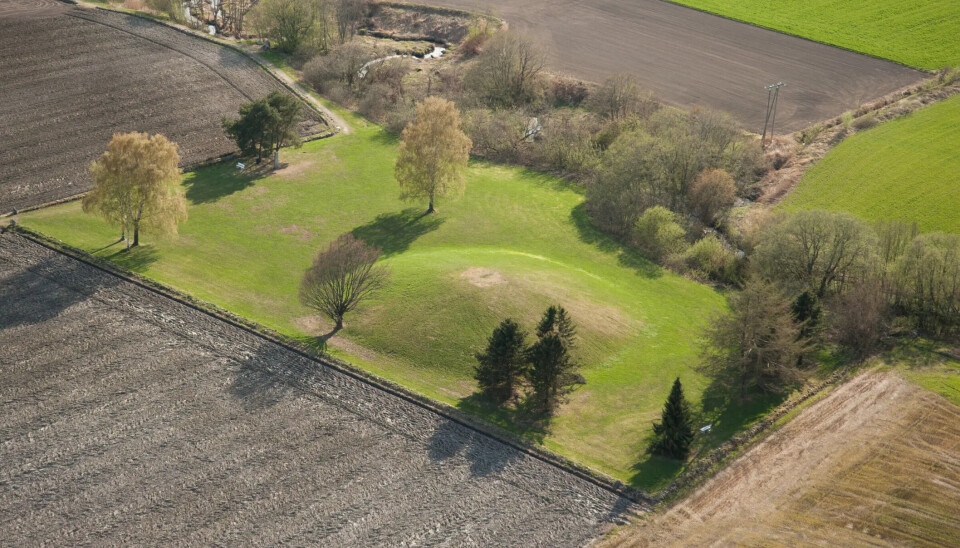
Sweden has the trading town of Birka.
Denmark has the Jelling monuments and, since 2023, five ring fortresses built by the Viking king Harald Bluetooth.
Norway’s Viking heritage, however, is still absent from UNESCO’s World Heritage List.
"That’s a bit strange," says archaeologist Christian Løchsen Rødsrud.
Most viewed
"Norway has eight entries on the World Heritage List, but none from the Viking Age, which might be what we’re most known for internationally," he adds.
Rejected ten years ago
Ten years ago, a joint application with Latvia, Denmark, Iceland, and Germany was rejected.
"We hadn’t found a strong enough narrative," says Rødsrud.
A few years ago, he led the excavation of the Gjellestad Viking ship. He now works at the Directorate for Cultural Heritage, laying the groundwork for a potential new application.
And this time, he thinks they might have something that works.
"We have the largest concentration of ship burials in the world," says Rødsrud.
In addition to what he calls a unique story about the Norse burial tradition, the experienced archaeologist believes there is so much more that comes with these ships.

"It was with these ships that they set out into the world, where Norse people suddenly became a significant power through trade, but also through what most people associate with the Vikings – namely, raiding. And of course, they even reached America. It all connects in an intricate story that we believe is unique to humanity," he says.
7 sites selected from 15
Depending on how one defines a ship and the context of each find, Norway has about 15 known Viking Age burial mounds containing ships.
From these, the Directorate's team has selected seven.
"All seven were chosen because each strengthens the overall narrative in its own way," says Rødsrud.
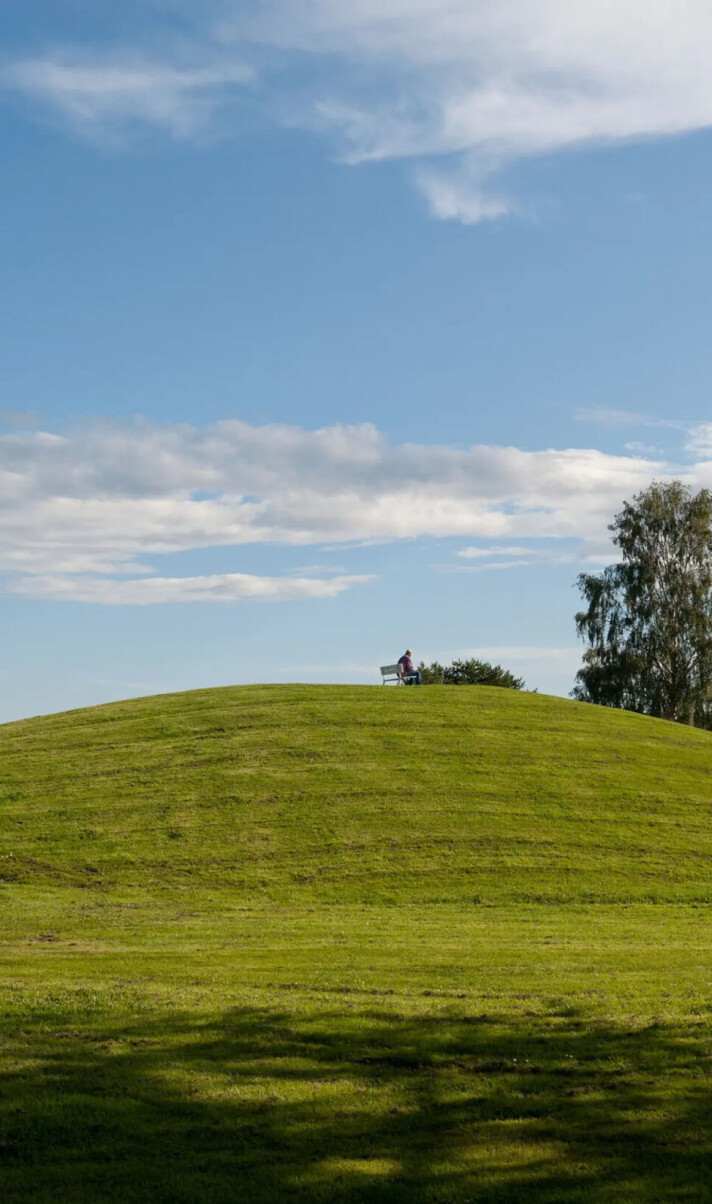
1. The Oseberg burial mound
“The Oseberg Ship is the most spectacular Viking Age discovery in the world – there’s no question,” says Rødsrud.
The iconic ship, which was excavated in 1904, cannot be granted World Heritage status. For that, artefacts must remain in their original location. Instead, it's the Oseberg burial mound in Tønsberg that is being put forward.
“The mound carries the story of the discoveries – and especially of the two women who were buried in the ship with all their belongings,” says Rødsrud.
“They stand in contrast to the often male-dominated historical narrative of the Viking Age,” he adds.

The location of the Oseberg burial mound is unusual, according to the archaeologists.
Of all the burial mounds, this one is the farthest from the sea – 2.5 kilometres away.
Although sea levels were higher during the Viking Age, this spot still would not have been reachable by sailing or rowing.
“It lies low in the landscape and isn’t in a particularly striking location. But there’s a stream nearby, and that’s probably why they pulled the ship up here,” says Rødsrud.
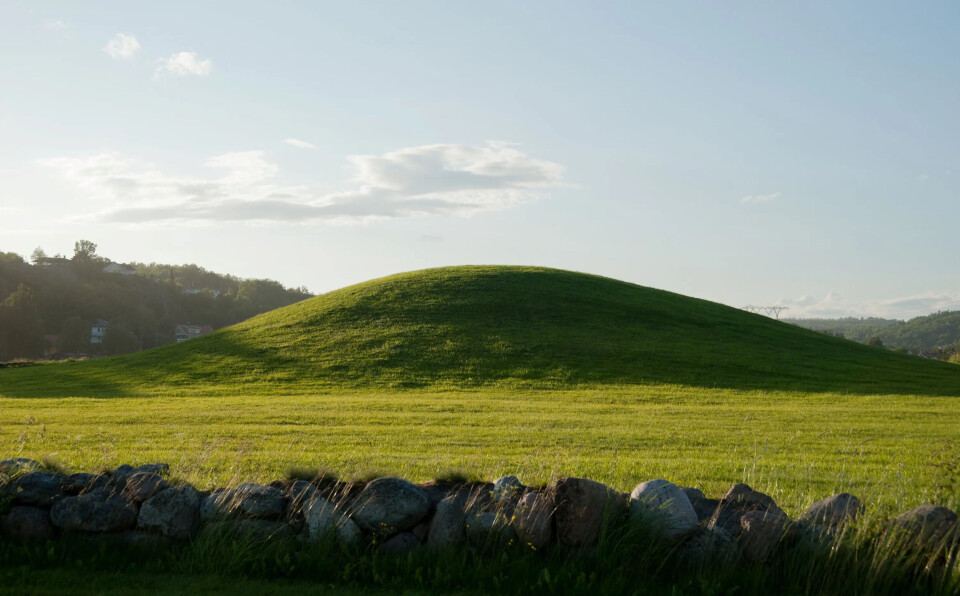
2. The Gokstad burial mound
The Gokstad burial mound is located in Sandefjord, Eastern Norway.
The ship that was found here is the largest preserved Viking ship in Norway. It measures 23.5 metres long and 5.2 metres wide.
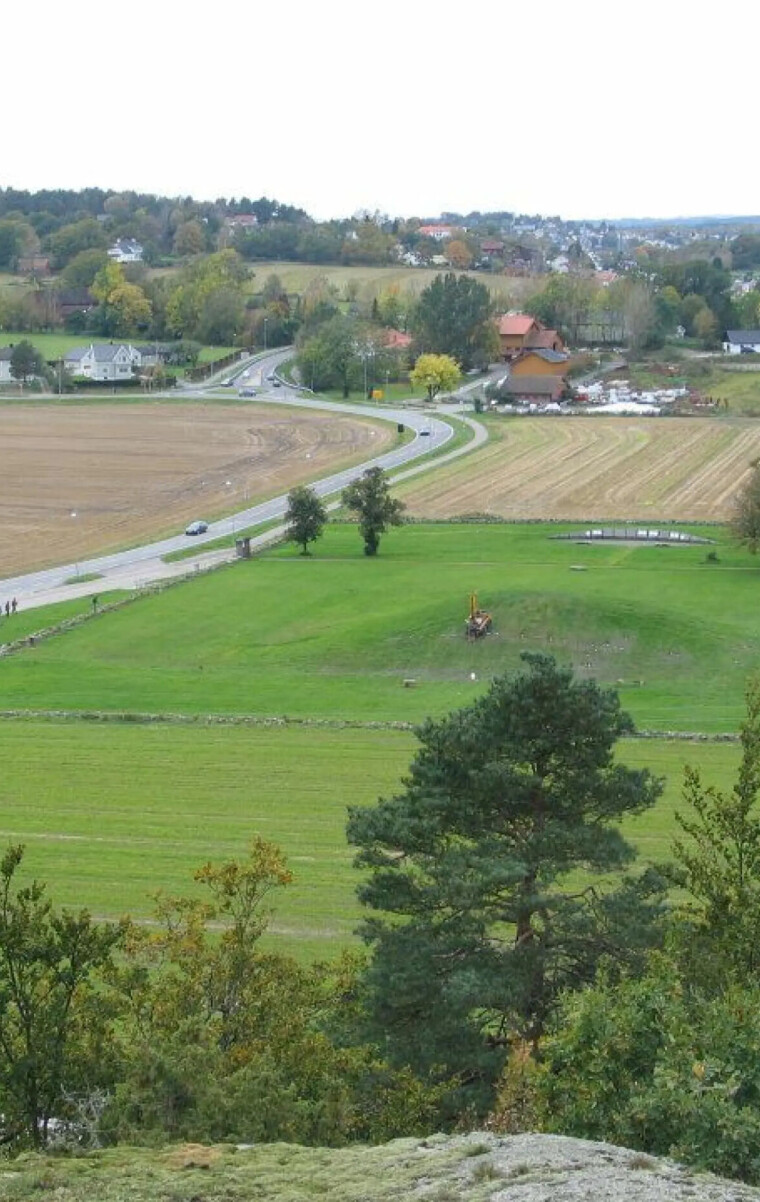
For a long time, archaeologists found it puzzling that a chieftain was buried in this particular spot, given the lack of other known ancient monuments nearby.
But in 2011, ground-penetrating radar was used on the site.
The following year, archaeologists uncovered a site used for trade and production. It was a place where the elite could access exclusive goods from the East.
“It gave us a completely new understanding of why the chieftain was buried there. He was laid to rest at a time when the trading site was active, and it’s likely that he controlled the operations there while he was alive,” says Rødsrud.

3. The Borre mounds
“This is a completely unique context,” says Rødsrud.
“Anyone who visits Borre and walks through the national park is awed by the scale of the monumental burial mounds,” he says.
In Borre Park in Horten, Eastern Norway, there are seven large burial mounds, a stone cairn shaped like a ship, and around 30 smaller mounds and cairns.
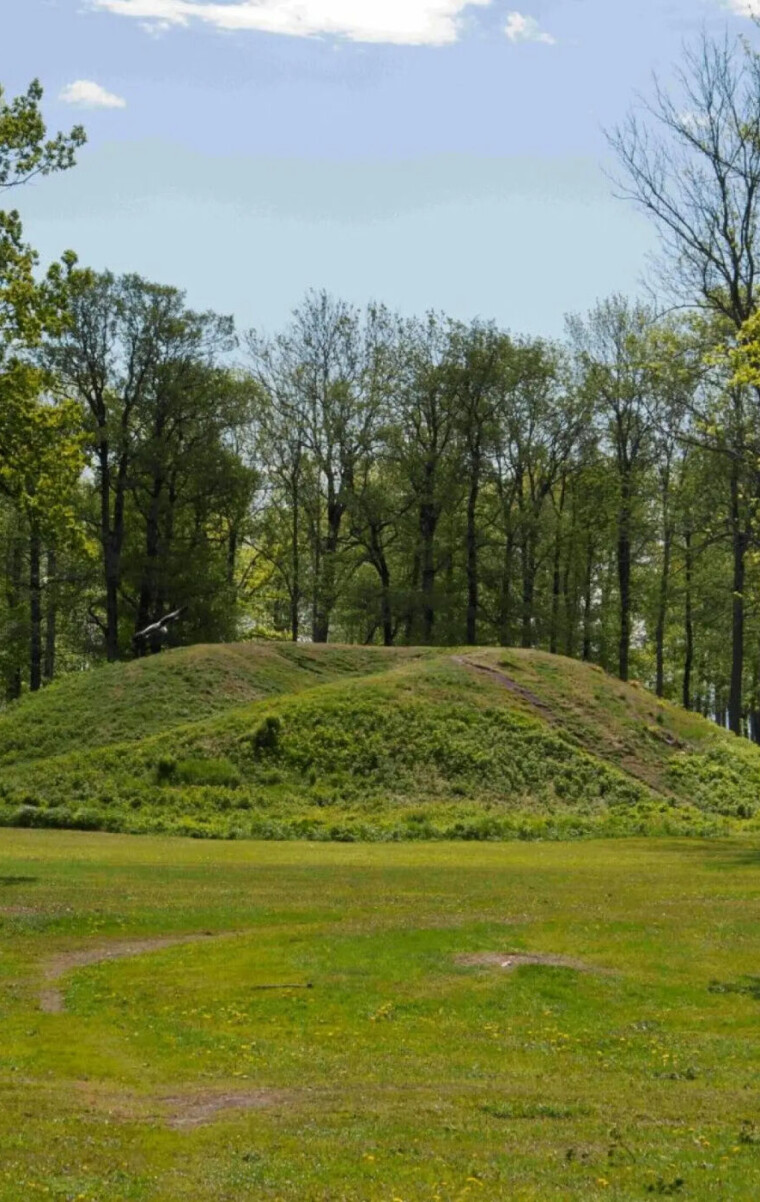
The large mounds range from 34 to 54 metres in diameter and are up to 7 metres high.
The Borre Ship was the first Viking ship ever excavated, back in 1852. Although none of the wood survived, records of the remains and the number of rivets found suggest the ship was over 17 metres long.
Nothing remains of the mound in which this ship was buried.
However, ground-penetrating radar has since uncovered the presence of a second ship still buried beneath the surface.
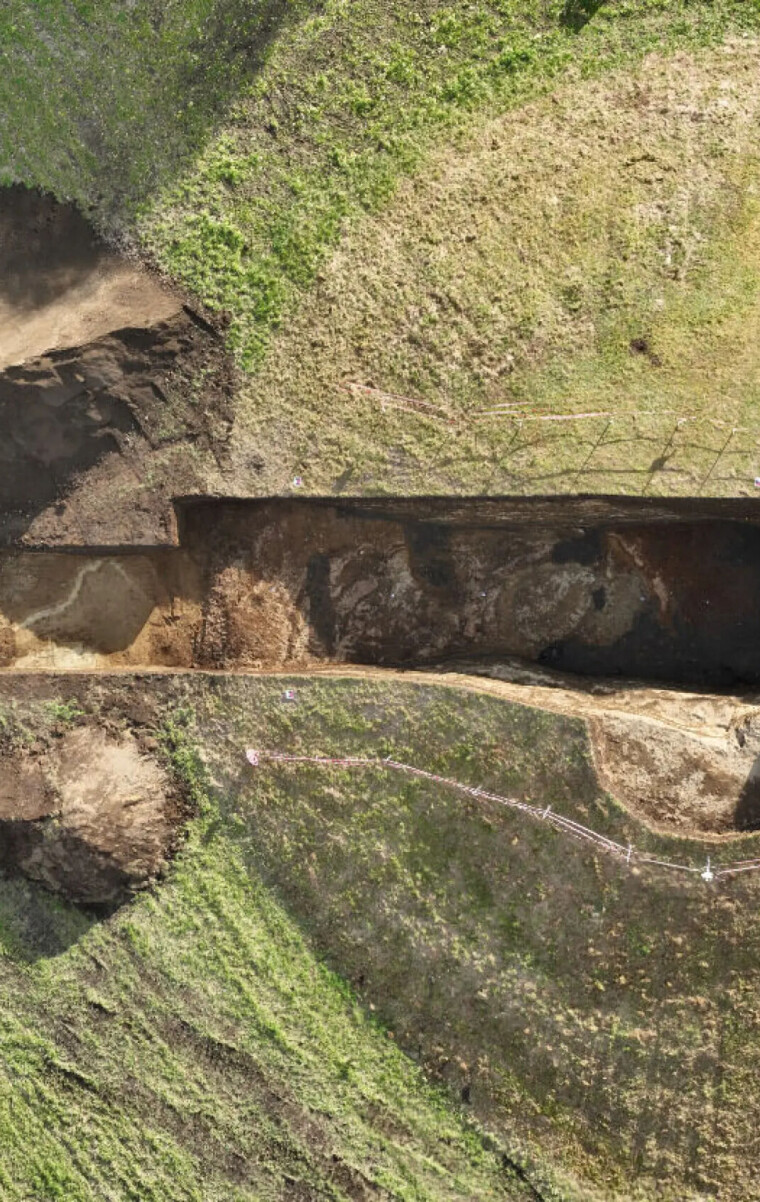
4. The Myklebust burial mound
In the centre of Nordfjordeid in Western Norway lies the Myklebust mound.
“This is also a truly exceptional burial mound,” says Rødsrud.
It is also the only example in Norway of a ship burial by fire – that is, a cremation.
“All the other ship burial mounds that have been examined contained whole ships. But if we turn to the sagas and historical records, cremating ships appears to have been the most common burial practice,” says Rødsrud.
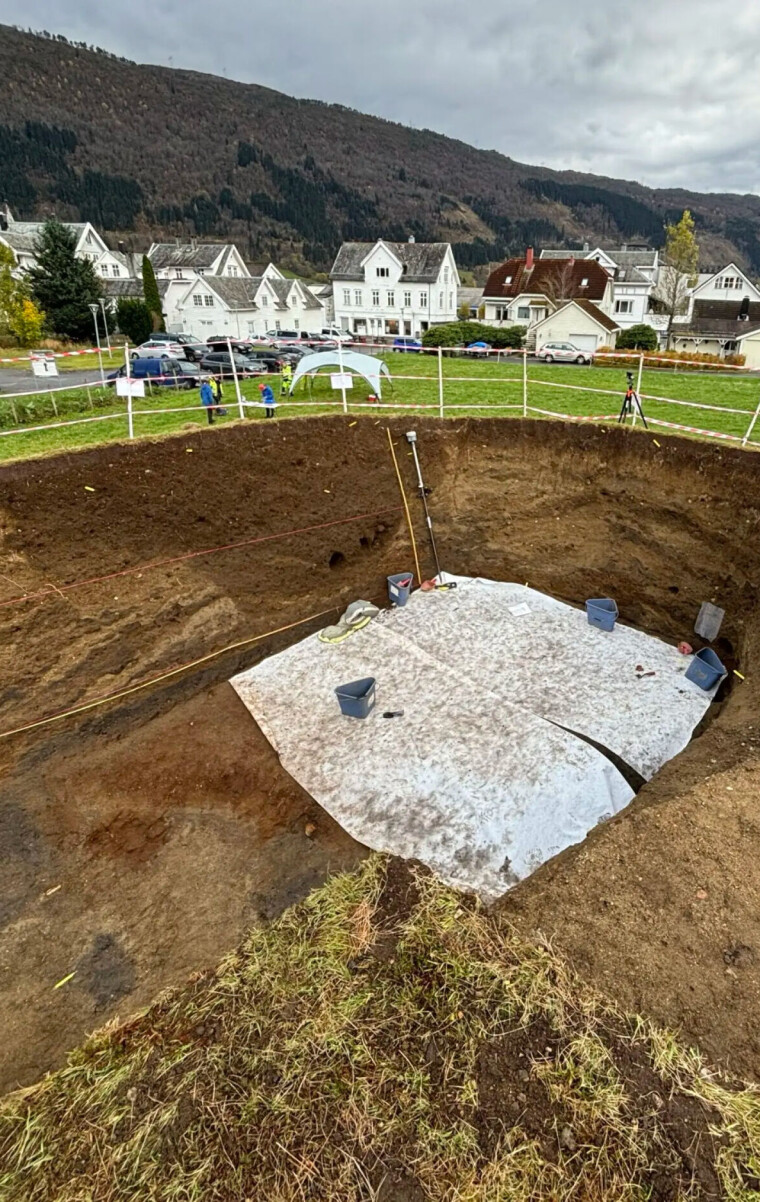
The archaeologists were unsure how much of the original mound remained.
That is why a smaller excavation was carried out here last summer.
“Anders Lorange, who excavated here in 1873, dug into the centre, but everything around it is preserved. Many artefacts remain, and much of it is untouched,” says Rødsrud.
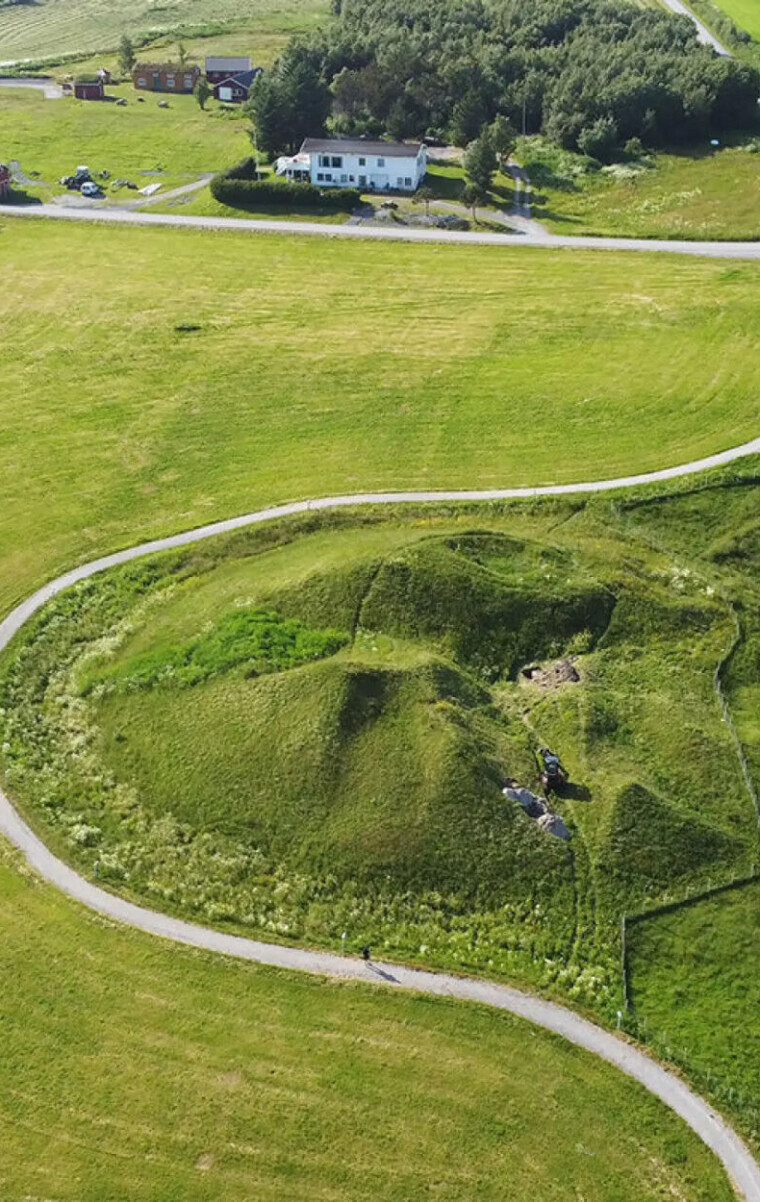
5. The Herlaug burial mound
The Herlaug mound on Leka in Central Norway is among the largest burial mounds in Norway.
It is 65 metres long and was 12 metres high.
“It’s absolutely spectacular,” says Rødsrud.
“But there was a lot of uncertainty surrounding it,” he says.
The mound had already been excavated in the 1700s.
“It was a military unit that carried out the digging. They found timber structures, lots of rivets, and two skeletons – one of them seated, with a sword placed nearby,” the archaeologist explains.
The finds were described in travel reports by French and English visitors, but they have long since vanished. A cauldron discovered at the site was reportedly melted down and turned into shoe buckles.
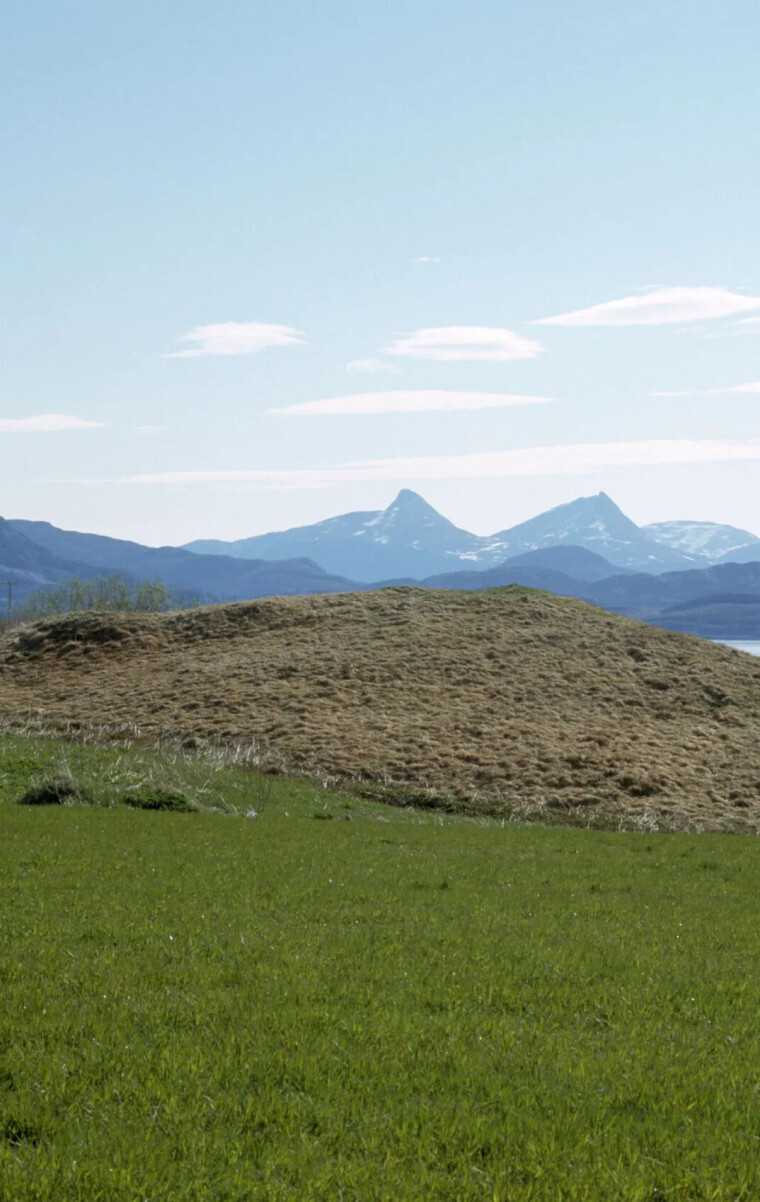
In 2015, ground-penetrating radar was used on the mound.
The investigation did not reveal a ship, but it showed that the mound was a man-made structure.
A preliminary excavation in 2023 revealed that the same layers described by 18th-century lieutenants are still intact within the remaining part of the mound. Rivets were also found.
“That confirmed for us that there really was a ship here, and the dating suggests the burial may have taken place around 700 CE. If so, it would be the oldest ship grave we have,” says Rødsrud.

6. The Gjellestad Ship
The Gjellestad Ship became a global sensation when it was discovered using ground-penetrating radar in a field outside Halden in 2018.
In 2020–21, the ship was excavated. It was the first ship burial to be investigated in Norway in 100 years.
“Gjellestad is at the forefront of this effort because it has a very well-preserved ship imprint that still remains clearly visible in the ground,” says Rødsrud, who led the excavation of the ship.
But how long the imprint will remain is uncertain.
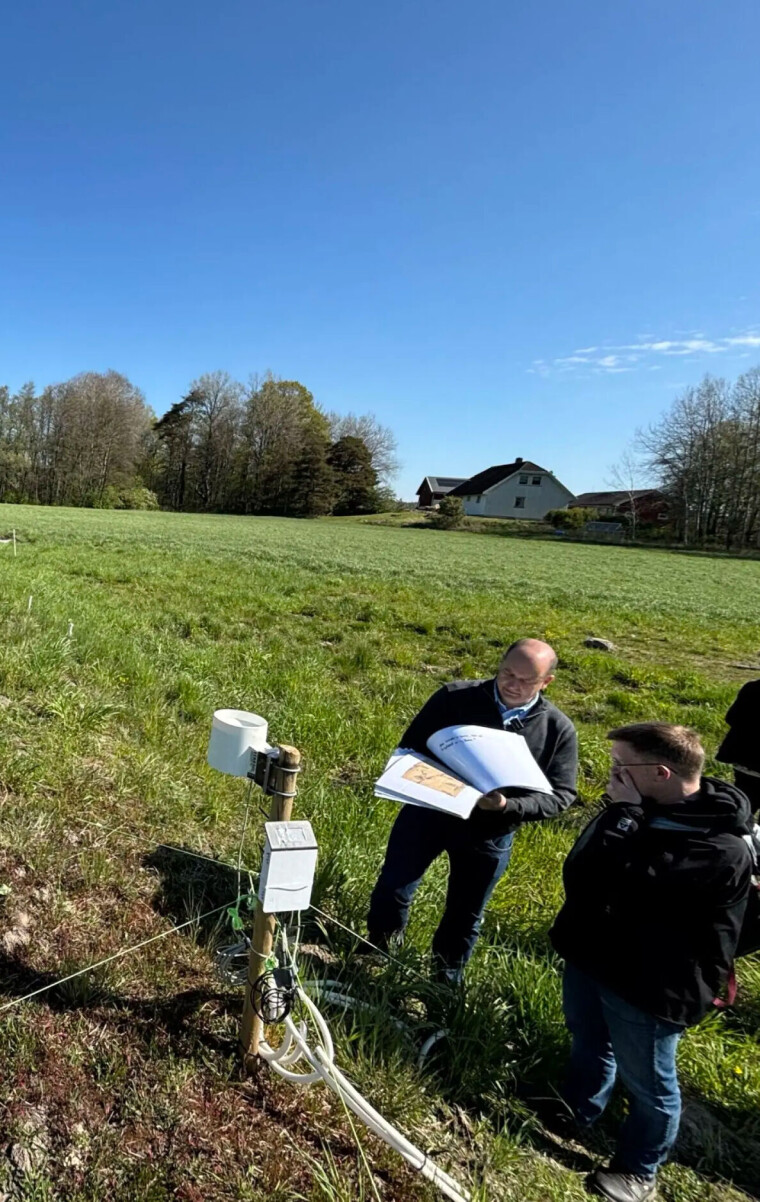
Here, beneath the grass, lies the ship imprint.
Archaeologists have installed measuring instruments to monitor moisture and dryness in the soil.
Without preservation efforts soon, there may be nothing left to display.
The archaeologists believe the imprint needs a protective structure and ideally a visitor centre as well.
“Building a centre here would allow people to experience the best-preserved imprint of a Viking ship, right where it was originally found,” says Rødsrud.
Archaeologists have also found traces of longhouses, other buildings, and several graves in the area surrounding the Gjellestad Ship.
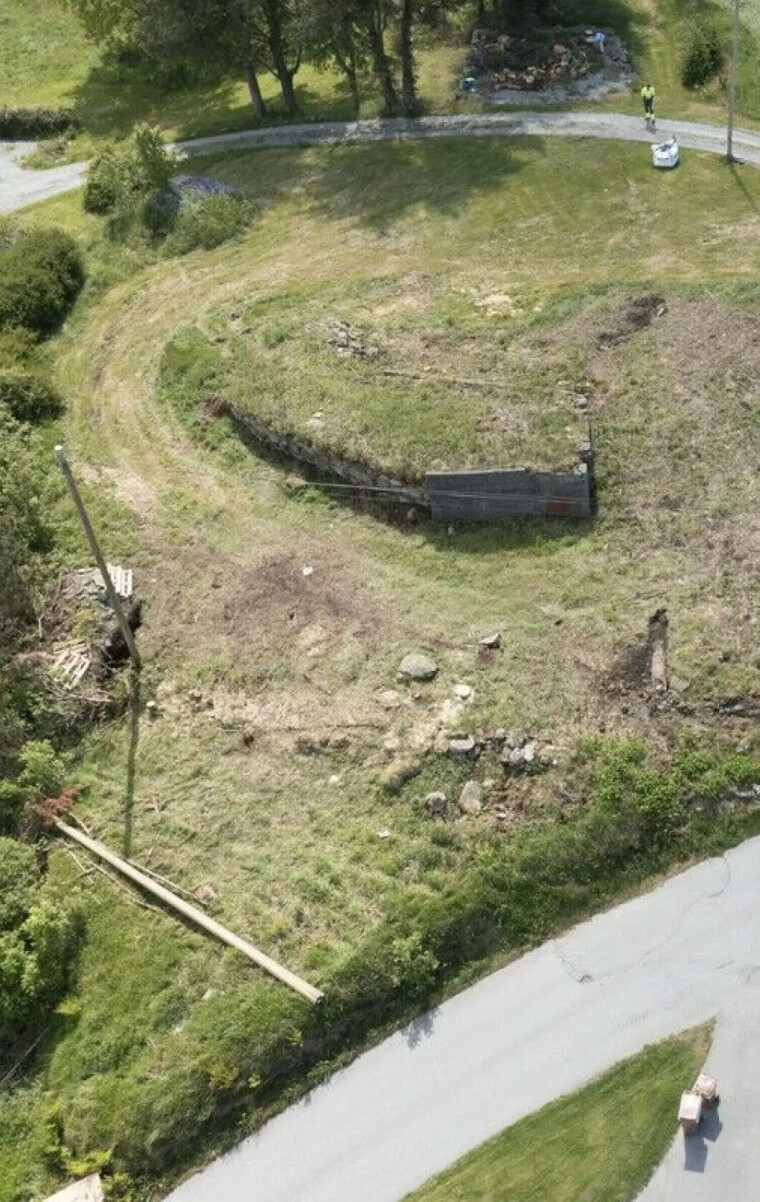
7. Storhaug
Storhaug may be the burial mound in greatest need of restoration to truly convey its significance.
At some point, a barn was built on the site, and remnants of it still stand in the middle of the mound.
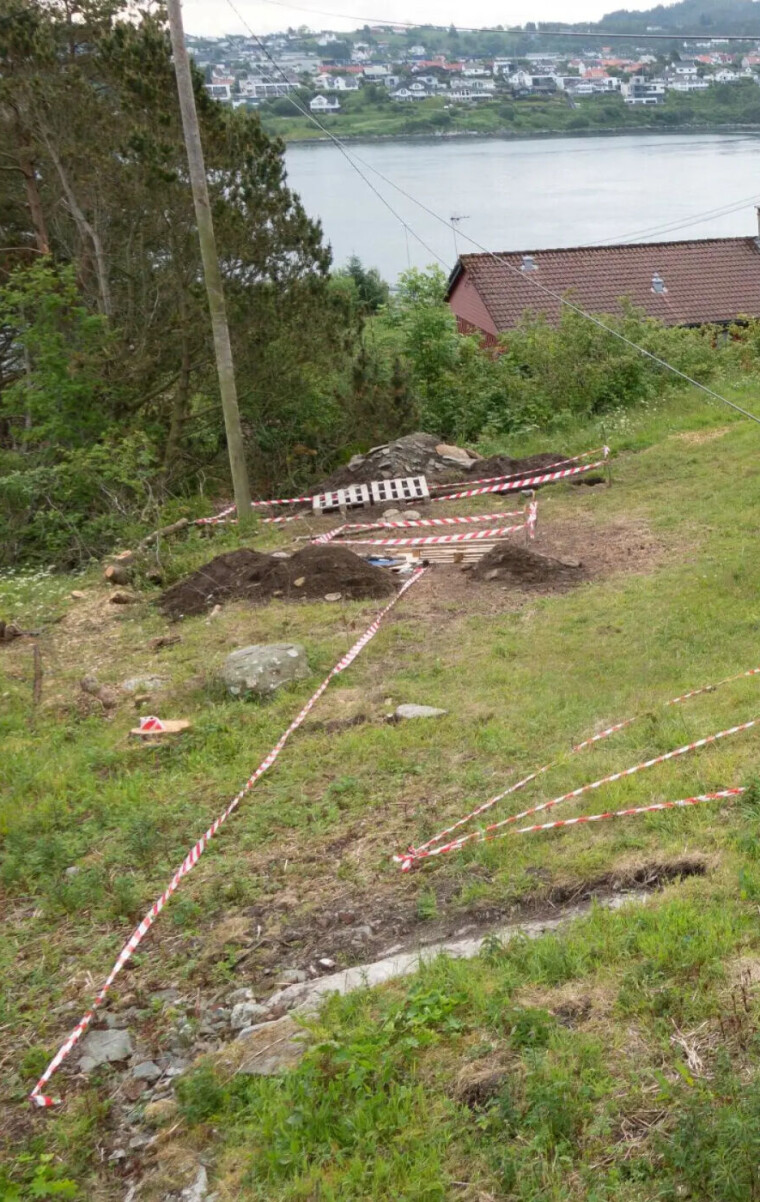
“The remaining barn structure needs to be removed. Otherwise, people might mistake that for the World Heritage site," says Rødsrud.
The tape seen in the photo outlines the approximate placement of the ship within the grave.
But Storhaug holds unique value, according to archaeologist Rødsrud.
It is the only one of these burial mounds that has not been looted, which means rare and remarkable items were uncovered here – including a gold neck ring and a complete set of game pieces.
With its location on Karmøy in Western Norway, the mound also tells a broader story.
“This isn’t just symbolic. Storhaug and Karmøy tell the story of Norvegen – the main maritime route that ran along this coast,” says Rødsrud.
“Karmøy is more than just Storhaug. Together with Salhushaugen and Grønhaug, it forms an important site, oriented along the sailing route, with sightlines to Karmøy and the royal estate at Avaldsnes,” he says.
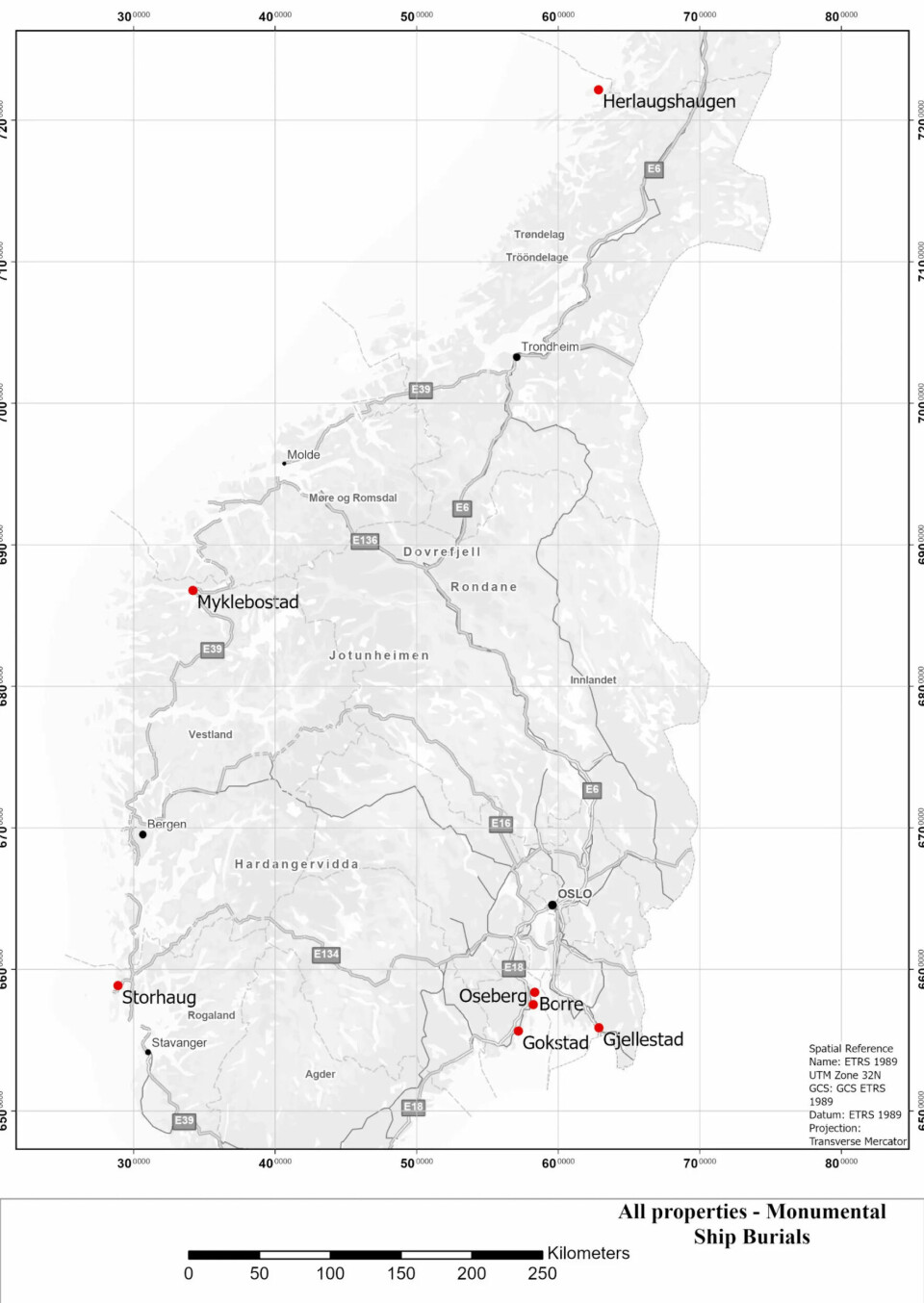
A definite maybe
In December, the Directorate for Cultural Heritage is expected to announce whether the burial mounds will be added to Norway’s tentative list – a catalogue of sites and cultural monuments the country believes are worthy of UNESCO World Heritage status.
From there, it will be up to the government to decide whether to move forward with an official nomination for the seven burial mounds.
If so, Storhaug might need some care and attention, and steps may need to be taken to preserve the imprint of the Gjellestad Ship, Rødsrud suggests.
“A potential nomination process could easily take five years. We’ve started the process, and we believe we have outstanding sites that tell a compelling story. We see it as unique and as embodying what UNESCO calls outstanding universal value,” he says.
———
Photos:
Oseberg burial mound: Arve Kjersheim, Directorate for Cultural Heritage
Gokstad burial mound (profile): Arve Kjersheim, Directorate for Cultural Heritage
Gokstad burial mound (overview): Anitra Fossum, Vestfold County Municipality
Borre mounds: Arve Kjersheim, Directorate for Cultural Heritage
Myklebust (overview): University of Bergen
Myklebust (excavation photo): Jan Magnus Weiberg-Aurdal, Directorate for Cultural Heritage
Herlaug burial mound (overview): Hanne Bryn, NTNU University Museum
Herlaug burial mound (profile): Arve Kjersheim, Directorate for Cultural Heritage
Gjellestad Ship: Christian Løchsen Rødsrud, Museum of Cultural History, Oslo
Measuring instruments at Gjellestad Ship: Jan Magnus Weiberg-Aurdal, Directorate for Cultural Heritage
Storhaug: Theo Gil, Archaeological Museum, University of Stavanger
———
Translated by Alette Bjordal Gjellesvik
Read the Norwegian version of this article on forskning.no
Related content:
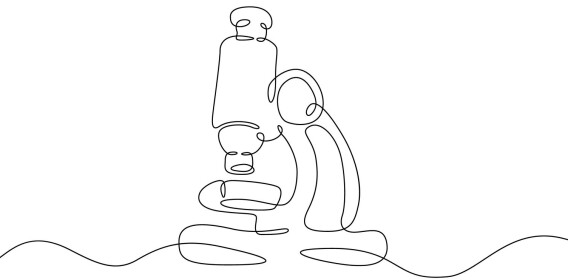
Subscribe to our newsletter
The latest news from Science Norway, sent twice a week and completely free.





































